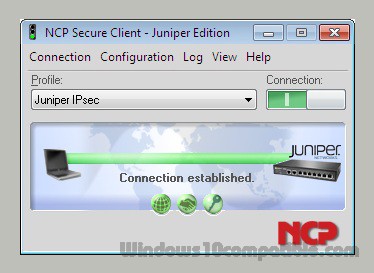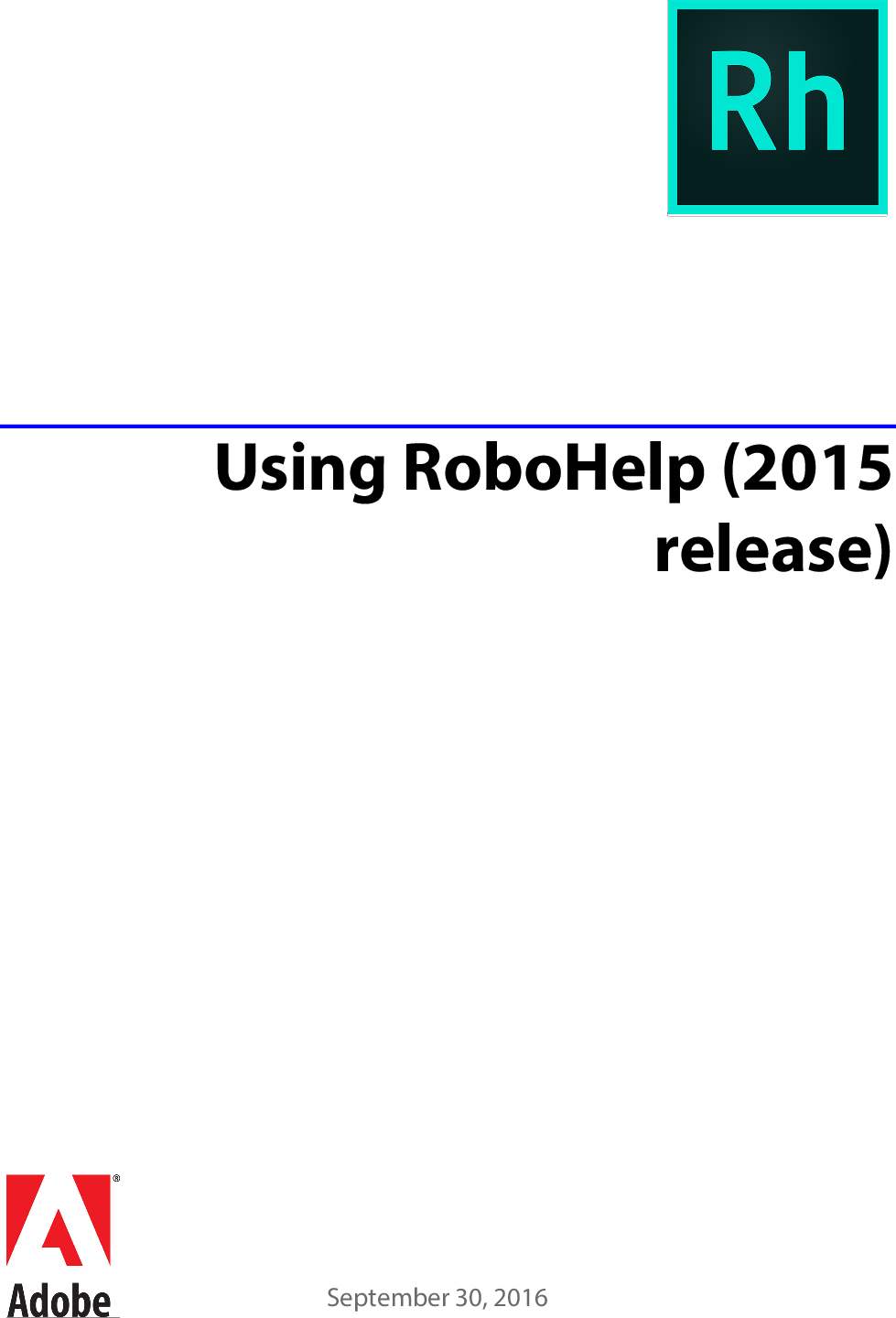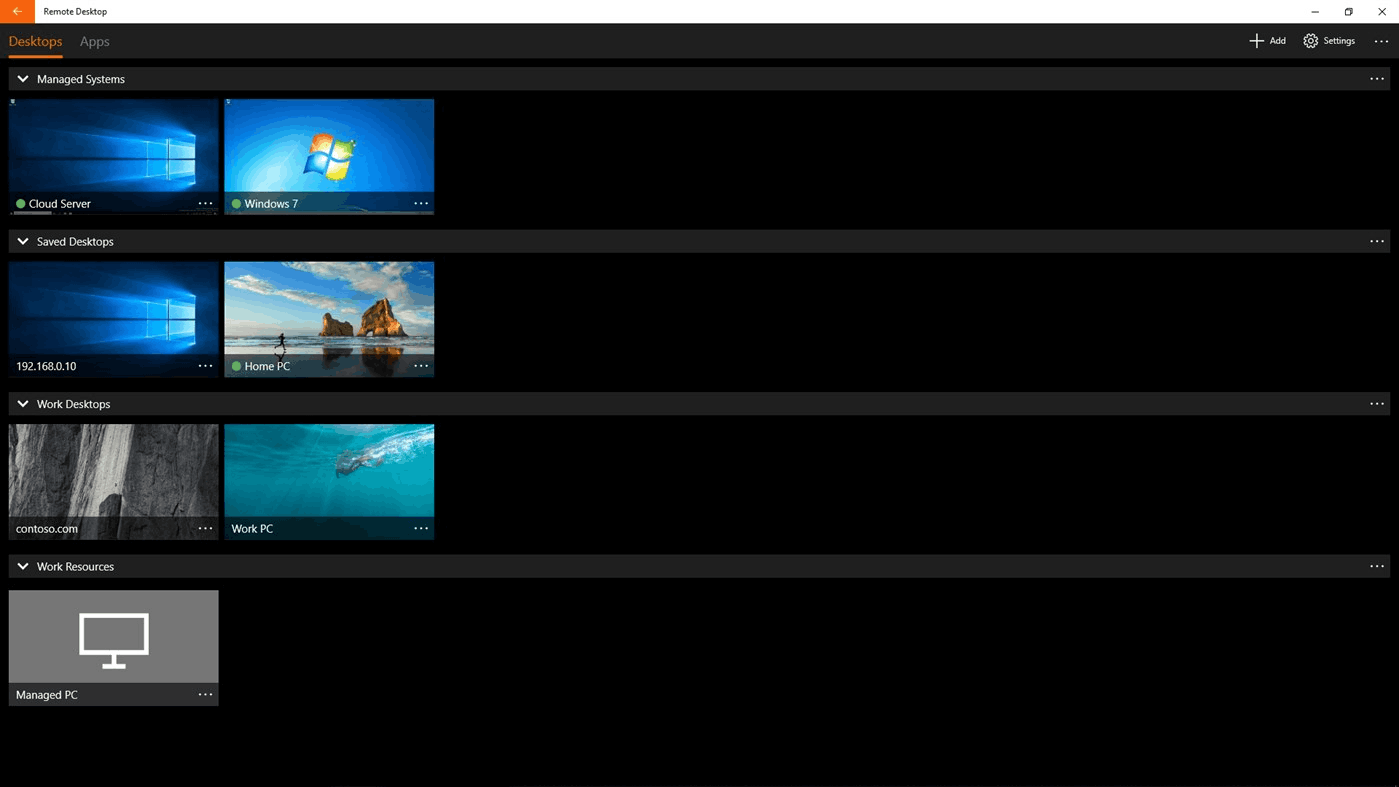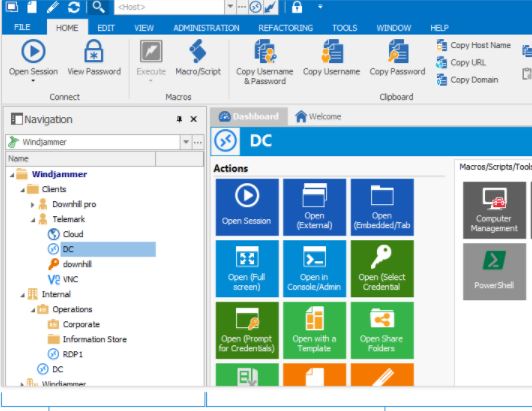Ms Remote Desktop Client
- Remote Desktop Web Client: The Unknown Feature. Since the release of Windows Server 2016, Microsoft has developed a Remote Desktop Services add-on: the Remote Desktop Web Client. This add-on can be installed over an existing Remote Desktop farm and lets users access the organization’s Remote Desktop infrastructure through a compatible web.
- Jul 19, 2017 Android and MacOS have downloadable (official) Microsoft Remote Desktop Clients available so you can remote into your business/professional/server level Microsoft systems (unattended systems that is - again, remote assistance is allowed even on 'Home' editions).
Microsoft this week updated its Remote Desktop client for macOS, which allows users to access their computer through another device remotely. The latest update brought native support for the M1 chip, as well as some new features.
Remote Desktop Web Client: The Unknown Feature. Since the release of Windows Server 2016, Microsoft has developed a Remote Desktop Services add-on: the Remote Desktop Web Client. This add-on can be installed over an existing Remote Desktop farm and lets users access the organization’s Remote Desktop infrastructure through a compatible web.
With native support for the Apple Silicon platform and the M1 chip, the app runs with better performance and more energy efficiency, which means that it should consume less battery power when running on a MacBook.

In addition, version 10.6 of Microsoft Remote Desktop for macOS also adds support for client-side IME when using Unicode keyboard mode, integrated Kerberos support in the CredSSP, and improved compatibility with macOS Big Sur. You can check out all the changes in the release notes below:
In this release we’ve made some significant updates to the shared underlying code that powers the Remote Desktop experience across all our clients. We’ve also added some new features and addressed bugs and crashes that were showing up in error reporting.
• Added native support for Apple Silicon.
• Added client-side IME support when using Unicode keyboard mode.
• Integrated Kerberos support in the CredSSP security protocol sequence.
• Addressed macOS 11 compatibility issues.
• Made updates to improve interoperability with current and upcoming features in the Windows Virtual Desktop service.
• Made fixes to address mispaints when decoding AVC data generated by a server-side hardware encoder.
• Addressed an issue where windows from remoted Office apps were not visible despite being present in the app switcher.

Users can download Microsoft Remote Desktop for free on the Mac App Store. Latest software for mac. There’s also an iOS version available that works with iPhone and iPad.

Read also:
FTC: We use income earning auto affiliate links.More.
TheRemote Desktop Services
Microsoft’s Remote Desktop Servicesare widely used by companies to let users use applications inside a serverfarm.
Typically the reasons to use RemoteDesktop are:
- Standardized environment and configuration
- Easy maintenance during application version upgrades
- Lower resource usage on the clients
- Better bandwidth usage in case of a slow connection orhigh latency
- Seamless integration with the option to push individualapplications to the clients
Client-sideLimits
The connection to a Remote Desktopfarm uses a proprietary Microsoft protocol (RDP).
All the Windows clients by default havethe RDP client pre-installed, but on non-Windows clients some troubles canarise.
Mac OS and Android clients can use aMicrosoft App.
Ms Remote Desktop Connection Client
For Linux clients, some free RDPclients exist, but almost all of them have trouble now during the initial connection due to the RDPprotocol security requirements implemented by Microsoft due to the CredSSP vulnerability.
RemoteDesktop Web Client: The Unknown Feature

Since the release of Windows Server2016, Microsoft has developed a Remote Desktop Services add-on: the RemoteDesktop Web Client.
This add-on can be installed over anexisting Remote Desktop farm and lets users access the organization’s RemoteDesktop infrastructure through a compatible web browser. They can then interactwith remote apps or desktops just like they would with a local PC, no matterwhere they are. Once you’ve set up your Remote Desktop web client, all that yourusers need to get started is the URL to access the client, their credentials,and a supported web browser.
No more RDP clients are required:just a modern HTML5 web browser.
Of course there are still somelimitations, but in most contexts they have a low impact:
- Printing is redirected to a Remote Desktop VirtualPrinter which generates a PDF file.
This PDF file can then be downloaded and printed locally on the client. - The web client currently only supports copying andpasting of text.
In any event, the web client is justan add-on, and doesn’t replace the old connection model.
TheWeb Client User Interface

This is an example of the login pageon Mac OSX Catalina with the Safari web browser:
After the login, this is an exampleof a published Remote Desktop:
Howto Monitor It?
As with the old-style Remote Desktop,the Web Client should also be monitored client-side with an Alyvix agent.
This is the only way to simulate useroperations: the Alyvix product is designed for this job. It can repeat thesetasks continuously, building up metrics based on common user RDS tasks.
Vlc download for mac os x. For further details, see my previous Blogs about RDP monitoring.
Alessandro Romboli
Latest posts by Alessandro Romboli
See AllRelated Content
Tags: monitoring, Remote Desktop, Remote Desktop Web Client
Making Your Own Tutorials, Part 3: Using a Green Screen
In my last blog post we looked at practical suggestions for improving the tutorial videos you upload to YouTube, focusing on tips for audio recording, video recording and editing, writing the script, and uploading them. Now suppose you want to Read MoreMonitoring Certificate Expiration with the x509 Module
Now, if you've followed my previous blogs about the x509 Module, you should have in place your x509 Certificates Asset with (or without) a minimum of cleanup routines. Now it's time to look at what Icinga was made for: monitoring. Read MoreMaking Your Own YouTube Tutorials, Part 2
In my previous post I described the kind of tasks, resources and software that we had to master in order to create YouTube IT tutorial videos like the 20 Alyvix videos we made in 2020. As we looked back to Read MoreMaking Your Own YouTube Tutorials, Part 1
In a recent blog post I described our new Alyvix YouTube channel that contains the 20 Alyvix tutorial videos we've created this year. Each video is a self-contained tutorial that showcases one aspect of how Alyvix can be used for Read MoreRemote Desktop Client Windows 10
Cleaning up Your Certificate Inventory
Ms Remote Desktop Client For Mac
Some of my customers make use of short-expiration SSL Certificates signed by Let's Encrypt or similar services. Our company also makes extensive use of this kind of certificate, and in the near future most (if not all) of your SSL Read More